Encouraging Students To Prototype And Pay It Forward In Real-World Ways
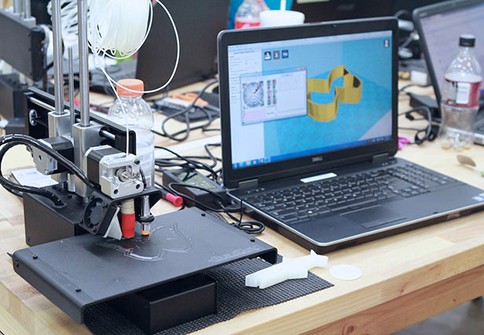
Andrew Coy
Two weeks ago at the 2015 White House Science Fair a team of 6-year-old girls from Oklahoma explained to President Obama that the Lego electronic book page-turner they created was “just a prototype” and then they took the President back by their direct question of if he had ever brainstormed an idea before. He said he had.
Encouraging students of all ages to prototype, problem-solve, and design solutions to real-world problems is critical to creating a future tech workforce and is at the heart of what we do at Digital Harbor Foundation, a technology education nonprofit headquartered in Baltimore, Maryland. Unfortunately, however, this is not common or core to most educational experiences youth have day-to-day.
We believe that every student should learn how to learn and learn to love learning through real-world experiences. These experiences can teach first-hand the value of trial and error, of prototypes and brainstorms, and of persistent determination to get something right.
For all of the mind-boggling things 3D printers can do, the most amazing thing for us at the Digital Harbor Foundation is provide young people an opportunity to dream up an idea that they can then make become real, and then improve upon it. We are so passionate about seeing 3D printing technology scale to reach more youth across the country that we were not content to simply have our own 3D printers but began talking to all of the teachers we knew, wanting them to have their own too.
We quickly learned all of the reasons why the average teacher didn’t, couldn’t, and wouldn’t be getting access to one in his or her classroom any time soon though. This reality inspired us to come up with an alternate solution — one that put into practice our belief that 3D printers can literally pay for themselves. In fact, we believed in this so much we told educators to come up with a business plan for how they and the youth they teach could use a 3D printer to pay for itself and we would give it to them with training for free if they committed to pay it forward from their profits so another teacher could do the same. We called our solution the Perpetual Innovation Fund and before long word had spread all across the city and is now spreading all across the country!
This spring, we accepted our first cohort of educators in the Perpetual Innovation Fund, and are working with nine educators from the Mid-Atlantic region, as well as entire school district in northern California to bring them immediate access to 3D printing technology. Before being selected, each educator-led youth team submitted a business plan that outlined how they plan to use the printers to create a profitable enterprise — which included everything from 3D printed ID card holders to jewelry. The schools we’ve funded through the Perpetual Innovation Fund are already putting that belief into action, and the first school has already raised enough to pay the full amount of the investment forward to fund another school. They even made a video outlining the process: ”Pay It Forward: Perryville Middle School Destination Imagination Club.”
Are you an educator passionate about bringing 3D printing to your classroom? Applications to the next round of the Perpetual Innovation Fund are now open and information is available here.
For more on Digital Harbor Foundation, check out:
- EdTech.MD to Boost Education & Economy
- Digital Harbor: Baltimore Rising
- Incubating an EdTech Revolution: Baltimore’s Digital Harbor

Andrew Coy is the Executive Director of the Digital Harbor Foundation in Baltimore, MD. Follow Andrew on Twitter with @andrewcoy.

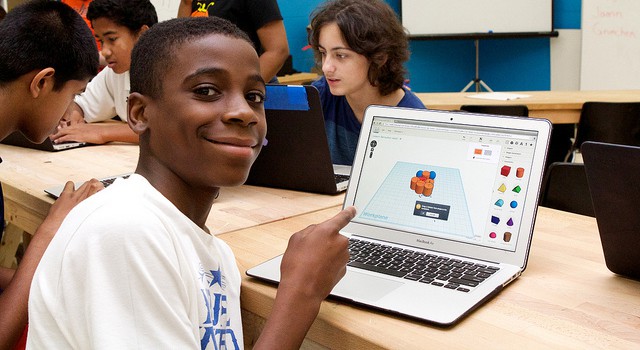
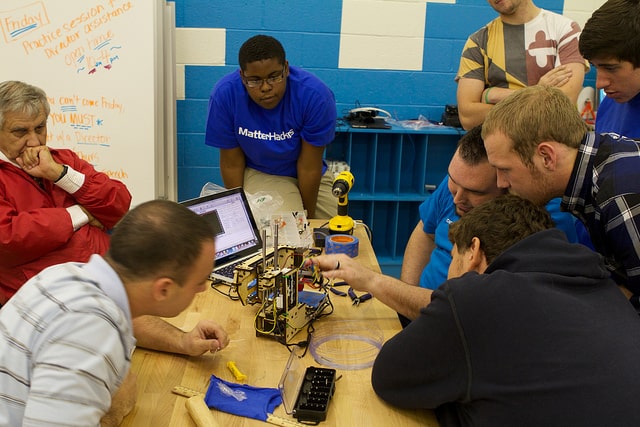
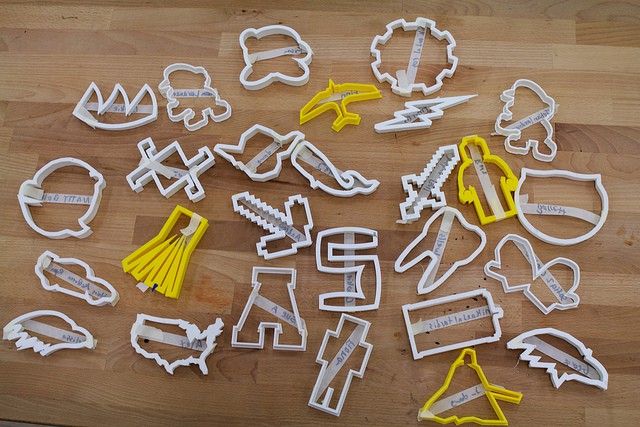
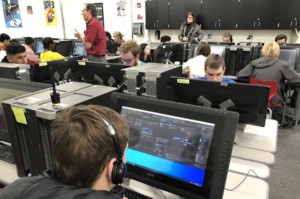


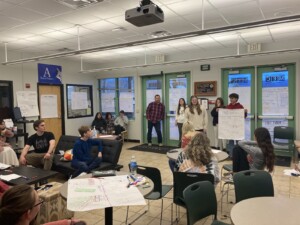
0 Comments
Leave a Comment
Your email address will not be published. All fields are required.